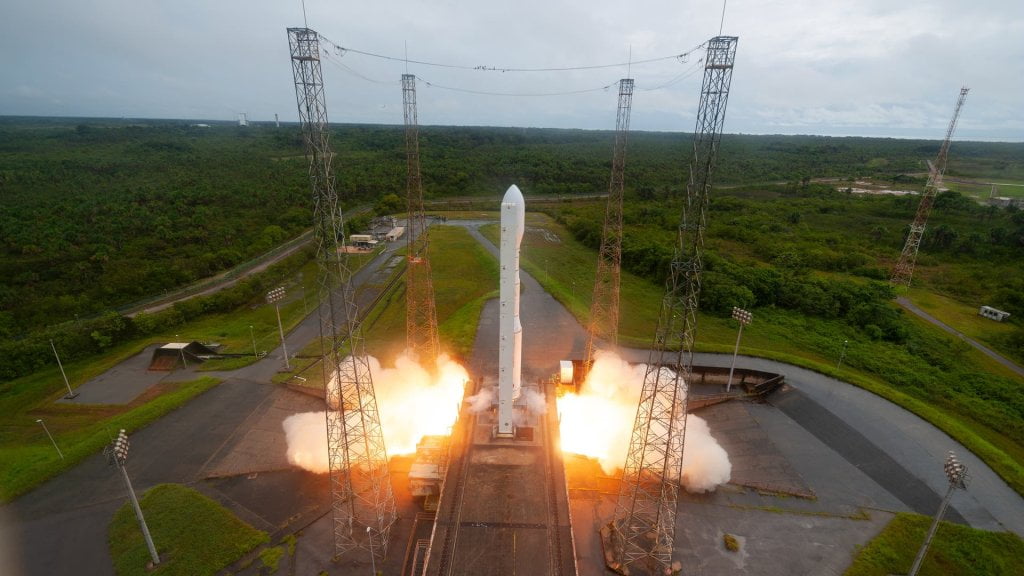According to the chief of staff of the Royal Air Force, drone swarms have been tested by the service and have shown to be capable of overpowering opposing defences.
The 216 Test and Evaluation Squadron of the RAF and the Rapid Capabilities Office tested five different drone types over the course of 13 experiments with a variety of payloads and equipment, Air Chief Marshall Sir Mike Wigston said this week at the Global Air and Space Chiefs’ Conference 2022 in London. Using its current fleet of drones, the agency was able to proclaim a “operationally valuable and relevant capacity” as a result of the work’s insightful findings, he said.
The Pizookie, a twin jet 3D-printed aircraft, commercially available large drones with novel payloads, and huge quadcopters are just a few of the new models of capability delivery and expedited production that are being investigated, according to Wigston.
One of the main challenges of using military power from above is the challenge of defeating adversary air defences. Planning for air operations increasingly involves making sure that aircraft can take off and land safely, endangering the enormous sums of money that military have invested in upgrading their fleets to fourth- and fifth-generation technologies.
According to Justin Bronk, a defence analyst at the London-based Royal United Services Institute, this paradox is evident in Ukraine, where Ukrainian and Russian air-defense capabilities are essentially cancelling out the other side’s air power arsenal.
He stated at the conference in London on July 13 that “the fact that air power has been mutually denied, relatively speaking, in Ukraine by both parties has far more serious consequences for us than for either the Russians or the Ukrainians.”
The reason for this, according to Bronk, is that the air access and air superiority that the U.K. and other western powers’ combined forces rely on are far more important to them than they are to the militaries of Russia and Ukraine.
He claimed that swarming, which entails launching a large number of disposable drones at a defensive radar and interceptor position in an effort to overwhelm them, can be successful—but only up to a point. Because the drones lack the necessary range and speed, the idea of using small, inexpensive drones to swarm assault air defences may not be realistic.
According to Bronk, “items will need to be jet-propelled and will be rather expensive if you want them to move quickly and far.”
Additionally, Bronk claims that the frequently touted cost advantage of inexpensive, small drones is negated since bringing drone swarms close enough to sophisticated air defences with a range of hundreds of kilometres involves risky and potentially expensive insertion procedures.
Military experts gathered at the Global Air and Space Chiefs’ Conference to analyse new air and space force plans in light of the lessons learnt from Russia’s invasion of Ukraine.
